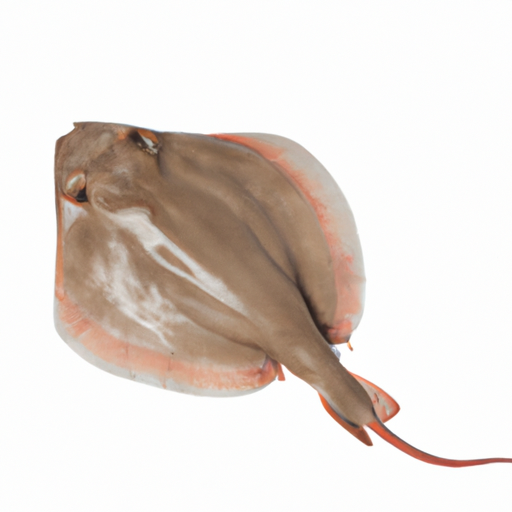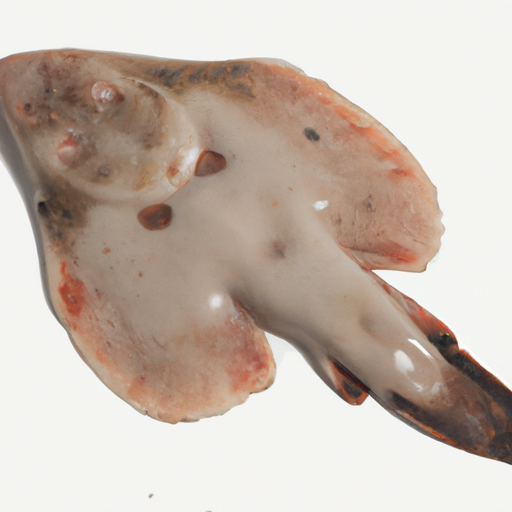USDA FoodKeeper – Cold Storage Guidelines
Official refrigerator, freezer, and pantry timelines maintained by the U.S. Department of Agriculture.
Visit USDA FoodKeeperAssessing Skate safety requires considering factors beyond what you can see. Storage temperature, initial freshness, and how it has been handled all influence whether it is still safe. Don't rely on appearance alone when evaluating Skate.
Not sure about your skate fresh raw? Check your exact situation →
Last reviewed: January 2026
Reviewed by the Can I Eat Expired Editorial Team using official USDA, FDA, and CDC food safety guidance
Discard it after the expiration date.
⚠️ Seafood spoils quickly and can cause severe food poisoning if consumed past its prime.
Every situation is different. Get a personalized food safety verdict for your skate based on the date, storage, and condition — in seconds.
👉 Check Food Safety Now

Freezer
-2°C (28°F)
Store in original packaging or vacuum-sealed bags to prevent freezer burn.
3 days
90 days
Foul smell, slimy texture, discolored appearance
Great for sushi, sashimi, or grilling.
Fresh skate wings
Every situation is different. Get a personalized food safety verdict for your skate based on the date, storage, and condition — in seconds.
👉 Check Food Safety NowThe expiration date for raw skate is typically around 1-2 days after purchase if stored properly in the refrigerator. However, for best quality and taste, it is recommended to consume skate within 1 day of purchase. As skate ages, its texture can become mushy and the ammonia-like smell can intensify. It is best to consume skate as fresh as possible for optimal flavor and texture.
To check if Skate Fresh Raw has gone bad, look for any discoloration, a strong fishy or ammonia-like odor, or a slimy texture. Fresh skate should have a firm texture, a mild oceanic smell, and a translucent appearance. If you notice any of these signs, it's best to discard the skate to avoid any risk of foodborne illness.
Skate, a type of ray fish, is known to have a high level of urea in its flesh, which can cause an ammonia-like smell if not handled properly. To reduce the risk of foodborne illnesses, it is crucial to ensure proper handling, storage, and cooking of skate. Cross-contamination with other foods should be avoided, and it is recommended to clean all surfaces and utensils thoroughly after handling raw skate.
To store raw skate properly, it should be kept in the coldest part of the refrigerator, ideally at a temperature below 40°F (4°C). Place the skate in a sealed container or wrap it tightly in plastic wrap to prevent any odors from permeating other foods. If you are not planning to consume the skate immediately, it can be frozen for up to 3 months. To freeze, wrap the skate tightly in plastic wrap and then place it in a freezer-safe bag. Thaw frozen skate in the refrigerator before cooking.
Skate is a popular seafood delicacy in many coastal regions around the world. In France, skate wing is often prepared in a classic dish called 'raie au beurre noir,' where the skate wing is pan-fried and served with a brown butter sauce. In South Korea, skate is a popular ingredient in dishes like 'hongeo-hoe,' which is fermented skate served as a delicacy. Skate is also commonly used in traditional British fish and chips.
Skate Fresh Raw should not be consumed if left at room temperature for more than 2 hours. Bacteria can multiply rapidly in seafood, increasing the risk of foodborne illnesses. To ensure safety, discard Skate Fresh Raw that has been left out for an extended period.
Once opened, Skate Fresh Raw should be consumed within 2 days for optimal freshness and safety. Store it in the refrigerator at temperatures below 40°F (4°C) and ensure proper sealing to maintain quality. If any unusual odor or appearance is noted, discard the seafood.
The type of container can impact Skate Fresh Raw's shelf life. Airtight containers or vacuum-sealed packaging can help extend its freshness by preventing exposure to air and moisture. Avoid storing Skate Fresh Raw in containers that are not food-safe or airtight to maintain its quality.
Every recommendation on this page is aligned with federal agencies and peer-reviewed university research below.
Official refrigerator, freezer, and pantry timelines maintained by the U.S. Department of Agriculture.
Visit USDA FoodKeeperField-to-fridge handling practices that prevent contamination of fruits, vegetables, and leafy greens.
Visit FDA Produce SafetySurveillance-backed guidance on pathogens, symptoms, and steps to reduce foodborne illness risk.
Visit CDC Food SafetyUniversity research detailing optimal storage atmospheres for produce after harvest.
Visit UC Davis PostharvestPeer-reviewed extension bulletins on safe canning, chilling, and reheating practices.
Visit Penn State ExtensionNeed deeper reading? Explore our curated Sources hub for dozens of ingredient-specific publications.
Frozen Foods
View expiration date and storage guide →
Frozen Foods
View expiration date and storage guide →
Frozen Foods
View expiration date and storage guide →
Frozen Foods
View expiration date and storage guide →
Frozen Foods
View expiration date and storage guide →
Meat & Poultry
View expiration date and storage guide →
Frozen Foods
View expiration date and storage guide →
Meat & Poultry
View expiration date and storage guide →
Meat & Poultry
View expiration date and storage guide →
Important: These are general guidelines based on authoritative sources listed above. Always use your best judgment and when in doubt, throw it out. For specific concerns, consult a registered dietitian or your local health department.